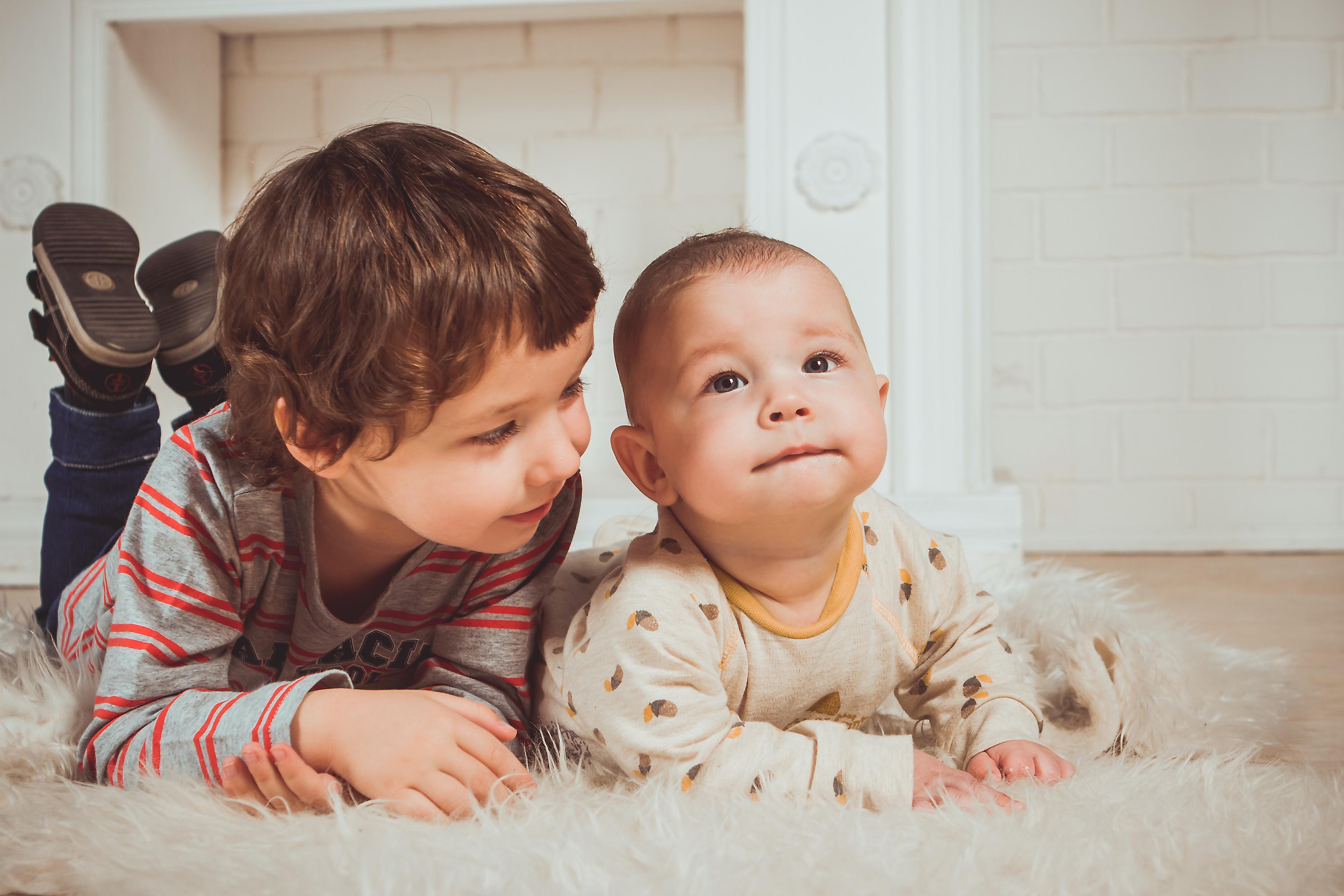- Home
- »Articles
- »Baby
- »Tummy time
- »5 Tummy Time Milestones to Look Out For



5 Tummy Time Milestones to Look Out For
20 March 2023
Tummy time is an important activity that helps babies to develop and grow healthily. Each baby is different, with each being on their own individual journey. The ages listed below are therefore a general guide. In reality, babies will reach these milestones at completely different times, so don’t get worried if it takes yours a little longer. The important thing is to keep practising tummy time and enjoy it.
Heads up (1 - 3 months)
In their first few tummy time sessions, you might notice your baby already flexing their limbs and moving their head from side to side. The first major milestone will come as they begin to stretch out their arms and even prop themselves up slightly. They’ll also lift their head to about a 45-degree angle. Babies need to learn to coordinate both sides of their body. When you see them lifting their head rather than turning it from side to side, it means they’re well on their way to achieving this.
Let me see! (2 - 4 months)
The next major milestone will be when your baby can lift their head to 90-degrees and hold it up without bobbing. You’ll notice that their strength improves quickly from this point. They’ll start to shift their own weight, use their elbows and arms to prop themselves up, and even push themselves backwards slightly. Until now, your baby’s gaze will have been directed by reflex, such as when turning towards a familiar voice. At this milestone, your baby will begin intentionally looking around to see and hear what’s going on, and follow their own interests. It is, therefore, a great time to incorporate some sensory stimulation and tummy time games.
Pivoting and reaching (5 - 8 months)
As your baby’s vision improves and their muscles strengthen, they will track objects and people that move past them. At around 6 months, you’ll see them start to pivot around on their tummies, reach out for things, and generally try to get on the move. A major milestone here is their ability to quickly change positions, from being on their tummy to on their elbows and even into a sitting position.
Rocking and balancing (6 - 9 months)
A common milestone to see your baby reach is “rocking” on all fours, as though they’re raring to go but aren’t quite able to yet. They’ll probably push themselves backwards before they crawl forwards, which shows strength in the hands and fingers. They might be able to get themselves up onto their knees, and will spend this time working on getting their balance and coordination of their motor skills, ready for the vital next step.
Up, up and away (+9 months)
At around 9 months, your baby will begin crawling. If they’re not quite crawling, then they’ll likely be moving in some other way. After this, they will pull to stand themselves up and continue to get used to shifting their weight and balance, ready for walking. Even though your baby is up, keep planning plenty of tummy time into the day. Physical movement in a range of different forms will continue to benefit your child for a long time.
